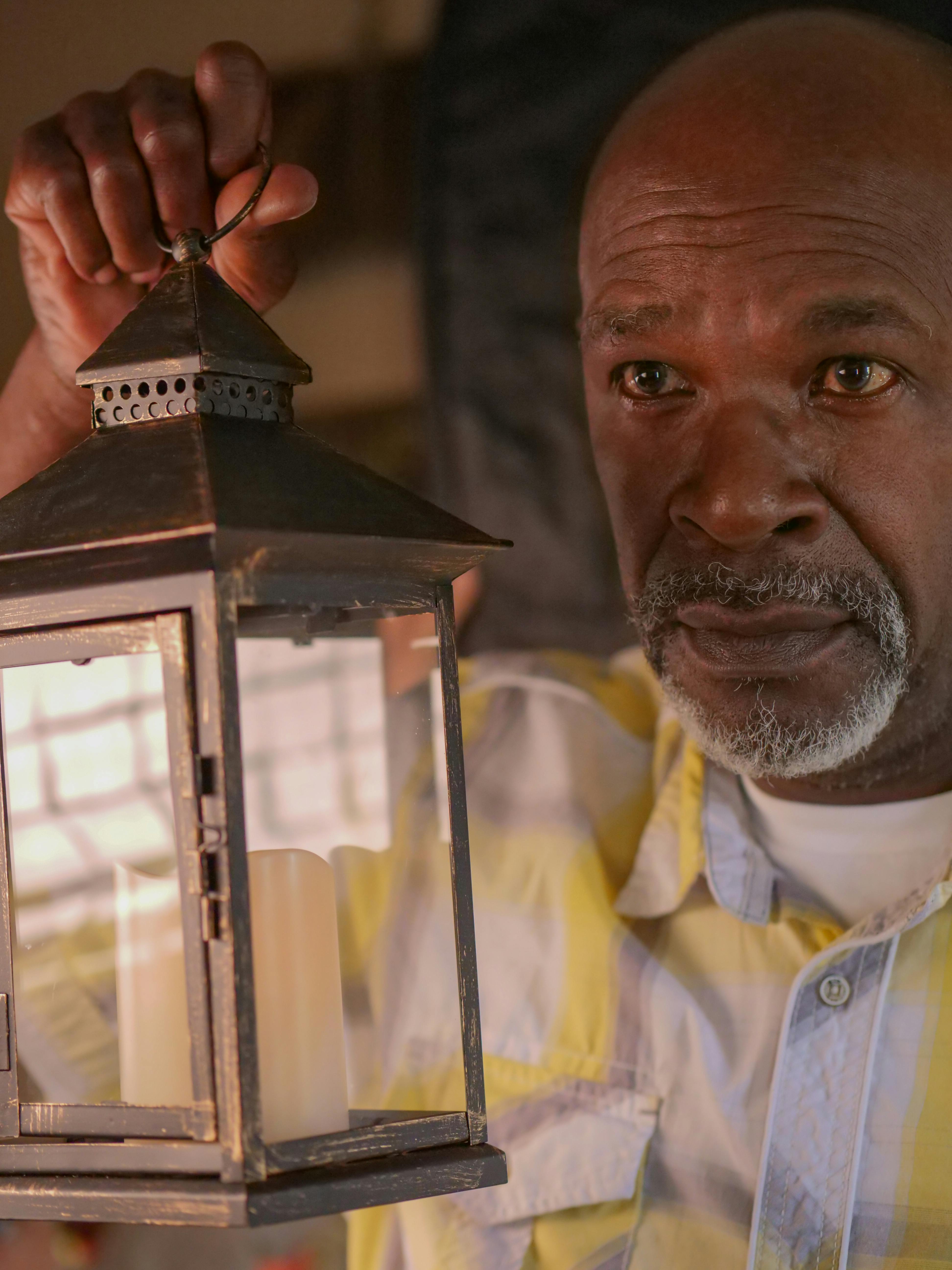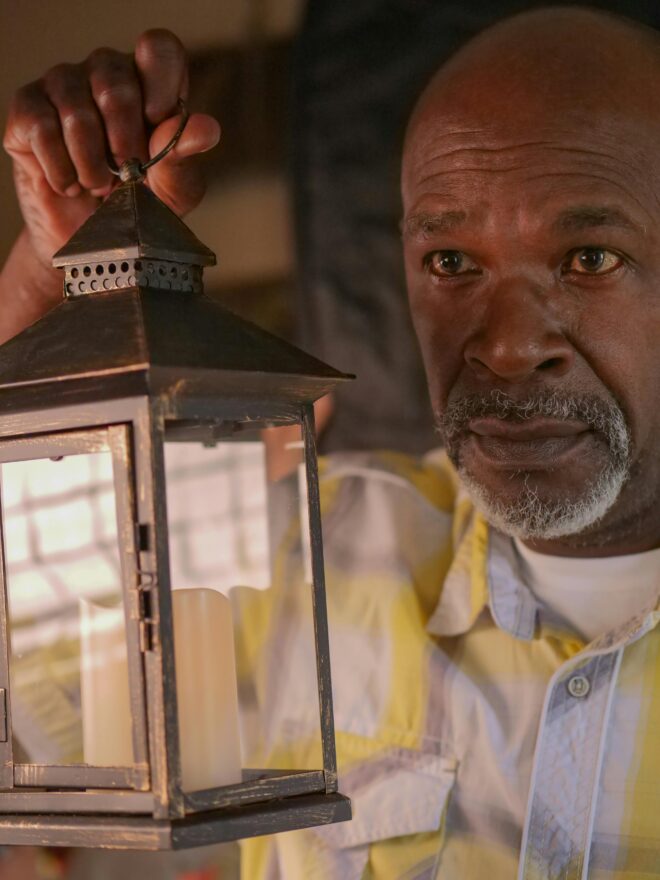What Should I Do Before My First Drone Flight?

This image is property of images.pexels.com.
Understanding the Basics of Drone Flying
Before taking your drone up into the sky for the first time, it’s crucial to have a basic understanding of how drones operate. Make sure to read through the user manual that comes with your drone to familiarize yourself with the controls and features. You can also watch online tutorials or take a beginner’s drone flying course to gain more knowledge.
Familiarize Yourself with Drone Laws and Regulations
It’s essential to know the laws and regulations regarding drone flying in your area before your first flight. This includes understanding where you are allowed to fly your drone, height restrictions, and any required permits or licenses. Ignoring these rules can lead to fines or legal trouble, so make sure to do your research beforehand.
Pre-Flight Checklist
Before you head out to fly your drone, there are several important steps you should take to ensure a safe and successful flight. Let’s go over some key items to include on your pre-flight checklist.
Check the Weather Conditions
One of the most crucial factors to consider before flying your drone is the weather conditions. Wind, rain, and extreme temperatures can all affect your drone’s performance and safety. Make sure to check the weather forecast for the day and choose a time when conditions are calm and favorable for flying.
Inspect Your Drone
Before each flight, it’s essential to perform a thorough inspection of your drone. Check for any visible damage, loose parts, or malfunctions that could affect its performance. Pay close attention to the propellers, batteries, and camera (if applicable). If you notice any issues, it’s best to address them before taking off.
Charge Your Batteries
Running out of battery mid-flight can be a headache, so make sure to charge your drone’s batteries fully before heading out. It’s also a good idea to bring spare batteries with you in case you want to extend your flight time. Always use the charger that comes with your drone to avoid damaging the batteries.
Setting Up Your Drone
Now that you’ve completed your pre-flight checklist, it’s time to set up your drone for takeoff. Follow these steps to ensure a smooth start to your flying experience.
Find an Open Space
When choosing a location for your first drone flight, opt for an open area with plenty of space to maneuver. Avoid flying near buildings, trees, power lines, or other obstacles that could pose a risk to your drone. Open fields, parks, or empty parking lots are ideal spots for beginners.
Calibrate Your Drone
Calibrating your drone’s compass and IMU (Inertial Measurement Unit) is essential for accurate flight control. Follow the instructions in your user manual to calibrate your drone properly. Make sure to perform this step on flat, level ground away from any magnetic interference.
Power On Your Remote Controller
Before turning on your drone, power on your remote controller and make sure it’s properly synced with your drone. Check that the signal strength is strong and stable to avoid losing control during flight. Familiarize yourself with the controller’s buttons and functions before taking off.
Power On Your Drone
Once your remote controller is ready, power on your drone according to the manufacturer’s instructions. Wait for the drone to establish a GPS connection and calibrate its sensors before taking off. Listen for any warning beeps or error messages that may indicate a problem with the drone.
Taking Off and Flying Your Drone
With your drone set up and ready to go, it’s time to take off for your first flight. Follow these tips to ensure a smooth takeoff and a fun flying experience.
Practice Basic Controls
Start by practicing the basic controls of your drone, including ascending, descending, turning left and right, and moving forward and backward. Take it slow at first to get a feel for how your drone responds to your commands. Practice hovering in place to improve your control skills.
Maintain Line of Sight
For safety reasons, always keep your drone within your line of sight during flight. This allows you to monitor its position, avoid obstacles, and react quickly to any unexpected situations. Avoid flying your drone too far or too high, especially during your first few flights.
Monitor Battery Levels
Keep an eye on your drone’s battery levels throughout the flight to ensure a safe landing. Most drones have a low battery warning that alerts you when it’s time to bring the drone back and land. Avoid pushing the limits of your battery and always prioritize a safe return.
Land Your Drone Safely
When it’s time to bring your drone back down to the ground, find a clear, open spot for landing. Slowly descend your drone and use the controls to guide it gently to the ground. Avoid landing too fast or on uneven surfaces that could damage your drone. Practice landing multiple times to improve your skills.

This image is property of images.pexels.com.
Post-Flight Procedures
After you’ve successfully completed your first drone flight, there are a few post-flight procedures to follow to ensure the longevity and performance of your drone.
Inspect Your Drone
After landing your drone, take the time to inspect it for any damage or issues that may have occurred during flight. Check the propellers, motors, camera, and body of the drone for any signs of wear or damage. Address any problems before your next flight.
Store Your Drone Properly
To keep your drone in good condition, store it in a cool, dry place away from direct sunlight or extreme temperatures. Keep the batteries charged but avoid leaving them plugged in for extended periods. Use a carrying case or storage bag to protect your drone during transport.
Review Your Flight
Take some time to review your flight experience and identify areas for improvement. Consider what went well and what could have been done better. Watch any footage you captured during the flight to analyze your flying skills and make adjustments for next time.
Learn and Grow
Every flight is an opportunity to learn and grow as a drone pilot. Take advantage of online resources, forums, and communities to connect with other drone enthusiasts and share your experiences. Practice regularly to build your skills and confidence in flying your drone.
Conclusion
Now that you know what to do before your first drone flight, you’re ready to take to the skies with confidence and excitement. Remember to always prioritize safety, follow the rules and regulations, and have fun exploring the world from a bird’s-eye view. Happy flying!

This image is property of images.pexels.com.

